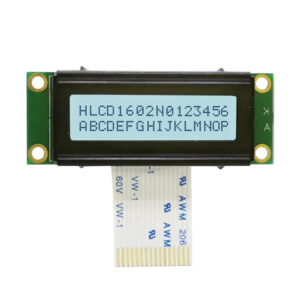
Great things in business are never done by one person. They’re done by a team of people. We have that dynamic group of peoples
This article dives into the exciting world of augmented reality (ar) lenses, specifically focusing on the development and potential of an interchangeable lens system for ar glasses. We’ll explore how this technology, driven by module prototypes, can enhance the user experience, improve image quality, and pave the way for more versatile and practical ar applications. If you’re interested in the future of wearable technology, the evolution of ar optics, and how lenses enhance our interaction with the digital world, then this article is for you.

Augmented reality (ar) lenses are the crucial components that allow augmented reality glasses and headsets to seamlessly blend digital information with the real-world environment. They are more than just simple pieces of curved glass or plastic; they are sophisticated optical systems designed to project computer-generated imagery onto the user’s field of view, creating the illusion that these virtual elements exist within their actual surroundings. This technology is a departure from virtual reality (vr), which immerses the user in a completely digital world. The potential of ar lies in its ability to enhance our perception and interaction with the physical world.
The importance of ar lenses in shaping the future of augmented reality cannot be overstated. High-quality lenses are fundamental for creating a comfortable, immersive, and practical ar experience. Poor image quality, narrow field of view, or distortion can lead to eye strain, headaches, and ultimately, a rejection of the technology. Moreover, the ability for lenses to enhance user experience in making ar technology more versatile and adaptable to a variety of use cases is what ultimately drive the product category. As we strive to integrate ar into our daily lives, advancements in optical design and display technology are paramount, and it all starts with the lens.
An interchangeable lens system for ar glasses represents a significant leap forward in ar technology, offering users the flexibility to adapt their ar experience to different environments and tasks. Imagine being able to swap lenses on your ar glasses, just like you would on a camera, to optimize the display for varying lighting conditions, focal distances, or specific applications. The integration of an interchangeable lens system allows for customization for the end user for enhanced performance in various environments.
This system typically involves a modular design, where different lenses or lens modules can be easily attached to and detached from the main ar headset frame. These modules may contain various optical components, such as lenses with different focal lengths, coatings for improved visibility in bright sunlight, or even integrated light source designed for specific applications. The concept phone shown in 2023 at the Mobile World Congress featured customized type 1 sensors and lenses attached to a phone onto a mr smart device to show that they are glasses are much more than lenses. An interchangeable lens system increases the versatility of the ar device and ensures the glasses are ideal for applications like outdoor navigation, indoor gaming, or professional use in fields such as engineering and medicine. An interchangeable lens system helps create more immersive and interactive augmented and virtual reality experiences.
Developing a functional and effective ar lens module prototype involves careful selection and integration of several key components. Here are some of the fundamental parts that make up a typical prototype:
| Component | Function |
|---|---|
| Optical Engine | Generates the digital image for projection. |
| Lens Elements | Focuses and directs the light to the user’s eye. |
| Waveguide/Combiner | Combines the digital image with the real-world view. |
| Housing | Protects the internal components and provides a mounting mechanism. |
| Electronics | Provides power, image processing, and communication with the ar system. |
Careful design and integration of these components are crucial for achieving high image quality, a comfortable user experience, and a practical form factor for the ar lens module.
The optical design of ar lenses plays a critical role in determining the overall quality and usability of the ar experience. Several key factors are influenced by the optical design:
Achieving a high-quality image with a wide field of view in a compact form factor is a significant challenge in ar lens design. Engineers often use advanced optical simulation tools and innovative techniques such as freeform optics and diffractive optical elements to overcome these challenges.
One of the biggest hurdles in developing practical and user-friendly ar glasses is achieving a compact form factor. People don’t want to wear bulky and uncomfortable devices on their faces all day. Shrinking the size and weight of ar lens displaymodules presents several technical challenges:
Overcoming these challenges requires a multi-disciplinary approach involving expertise in optics, electronics, mechanical engineering, and materials science. The advancements in optical modules are driving the wearable devices and it is difficult to achieve perfect results.

Augmented reality lenses have the potential to revolutionize gaming and entertainment, blurring the lines between the virtual and the real. Imagine being able to play a strategy game on your kitchen table, with virtual units battling it out amidst your real-world surroundings. Or perhaps you could watch a movie on a giant virtual screen that floats in front of you, regardless of where you are.
Here are a few ways that ar lenses can enhance gaming and entertainment experiences:
While virtual reality focuses on fully immersive digital worlds, ar offers a blend of the real and virtual, creating new possibilities for interactive and engaging entertainment. The hololens is a great example of current technology that shows the potential of ar in this sector.
The potential applications of augmented reality lenses extend far beyond gaming and entertainment. Several industries are already exploring the benefits of using this technology to improve efficiency, productivity, and safety.
The ability to overlay digital information onto the real world opens up a wide range of possibilities for improving productivity, efficiency, and decision-making across various industries.
Lens customization plays a critical role in enhancing user engagement in ar applications. By allowing users to tailor the ar experience to their individual needs and preferences, developers can create more personalized and compelling applications.
Here are a few ways that lens customization can improve user engagement:
By empowering users to personalize their ar experience, developers can create applications that are more engaging, enjoyable, and useful for a wider range of users.
The field of augmented reality lens technology is rapidly evolving, with new advancements and innovations emerging all the time. Here are some of the key trends that are shaping the future of ar lenses:
These trends promise to revolutionize the way we interact with the digital world, opening up new possibilities for gaming, entertainment, communication, and productivity.
The development of ar lens technology is a collaborative effort involving engineers, designers, researchers, and, most importantly, users. Your voice and feedback are crucial for shaping the future of this exciting technology.
Here are a few ways that you can contribute to the development of ar lens technology:
By actively engaging with the ar community and sharing your opinions, you can play a vital role in shaping the future of this transformative technology.

Here are 10 of the most important things to remember about augmented reality lenses:
The development and refinement of ar lenses is an ongoing process. As technology advances, the potential of ar to revolutionize our lives becomes ever clearer. Stay informed, stay engaged, and join the conversation as we shape the future of augmented reality!
It’s important to remember that achieving manual focus, clear focal lengths, and comfortable experiences is a difficult task for developers. Please enable javascript to ensure a great image of the display.
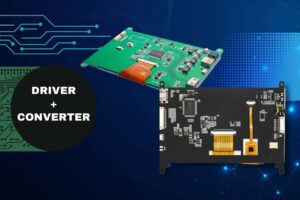
This article explores the fascinating world of LCD (Liquid Crystal Display) technology, focusing on the essential role of driver boards and controllers in making these displays function.

This article dives deep into the world of LCD controller boards, offering you the essential knowledge to select the perfect board for your display project, whether you’re repurposing a laptop screen or building a custom monitor.

The world of displays is constantly evolving, and two technologies consistently dominate the high-end market: AMOLED and OLED.

This article explores how to connect an LCD screen to a Raspberry Pi using an HDMI driver board, essentially turning your single-board computer into a miniature HDMI monitor.
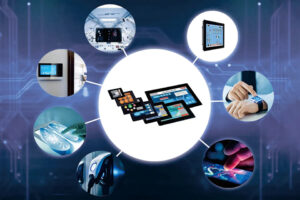
This article delves into the fascinating world of display modules, specifically focusing on LCD (Liquid Crystal Display) and TFT (Thin-Film Transistor) technology.
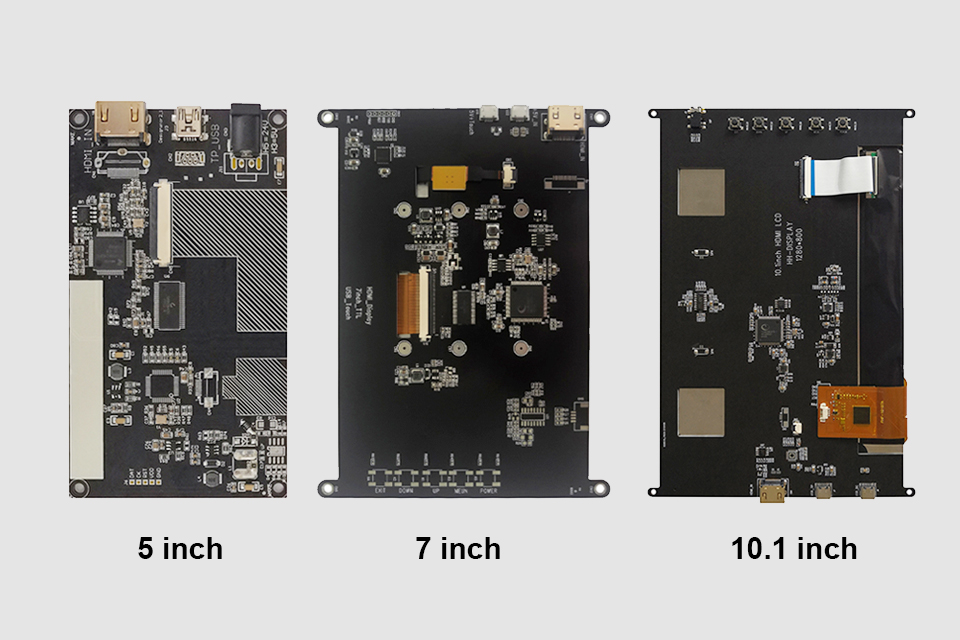
This article explores how to connect an LCD screen to a Raspberry Pi using an HDMI driver board, essentially turning your single-board computer into a miniature HDMI monitor.
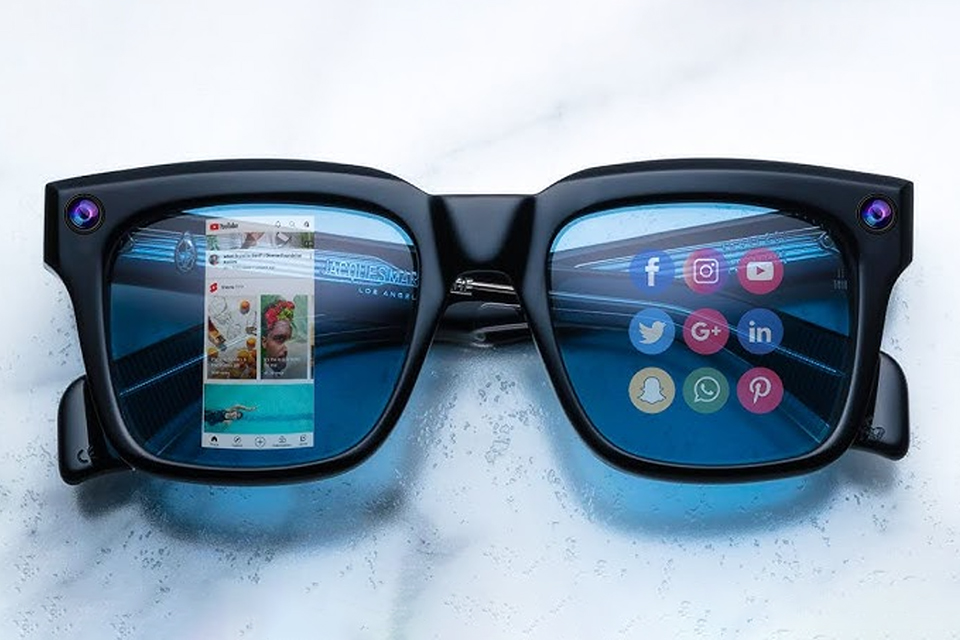
This article dives into the exciting world of augmented reality (ar) lenses, specifically focusing on the development and potential of an interchangeable lens system for ar glasses.

This article dives deep into the lifespan and durability of OLED (Organic Light Emitting Diode) displays compared to LCD (Liquid Crystal Display) screens.

@ 2025 display-module. All right reserved.
Fill out the form below, and we will be in touch shortly.